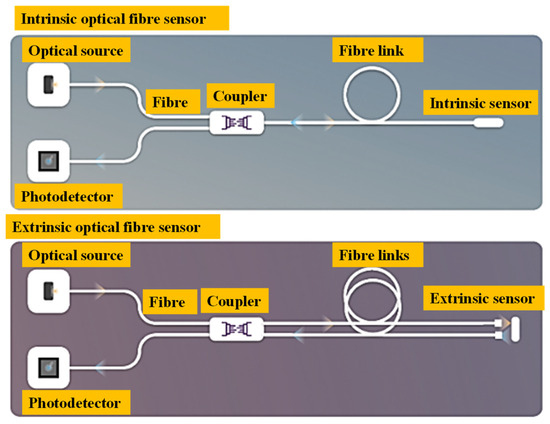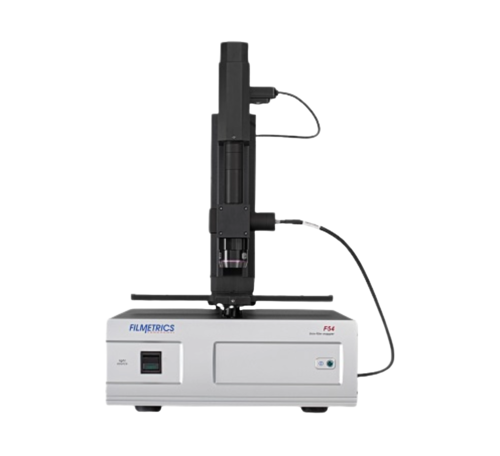Optimize Your Fiber Optic Efficiency: Understanding Optical Fibre Size Analyser Technology
The efficiency of fibre optic systems is critically affected by the accuracy of their diameter, a factor commonly overlooked in the search of optimal signal integrity. Recognizing the technology behind optical fiber diameter analysers reveals the detailed equilibrium between dimension precision and production high quality. These devices not only improve compliance with industry requirements but also provide real-time understandings that can preemptively address prospective issues. However, the implications of their use extend past plain measurement; they can basically modify the landscape of fiber optic performance. What elements should one consider to harness their complete capacity?
Significance of Optical Fibre Diameter
The size of optical fibre plays a critical role in establishing the efficiency and effectiveness of communication systems. It affects a number of vital specifications, consisting of the setting of light proliferation, attenuation, and bandwidth capacity. Larger diameters usually permit for numerous light settings, assisting in greater data transmission prices. Alternatively, smaller diameters have a tendency to support less settings, which can boost signal clarity and reduce crosstalk.

Furthermore, understanding the size's implications can cause set you back financial savings by decreasing the demand for signal boosting and repeaters in substantial networks (optical fibre diameter analyser). In conclusion, the relevance of optical fibre size can not be overemphasized, as it straight affects the total effectiveness and integrity of contemporary interaction systems

Just How Size Influences Signal Quality
Signal high quality in optical fibre systems pivots considerably on the diameter of the fiber. The diameter influences a number of essential parameters, including attenuation, bandwidth, and modal dispersion. A smaller sized size can bring about higher depletion rates, leading to signal loss as light travels through the fiber. This attenuation can compromise the honesty of the transmitted information, causing a decline in signal quality, especially over lengthy distances.
Alternatively, larger sizes typically permit enhanced light capture and reduced modal diffusion, boosting signal clearness. In multimode fibers, a bigger core size can sustain multiple light settings, but it may also present intermodal diffusion, which can weaken signal quality. Consequently, choosing the optimum fibre diameter is vital for attaining the desired performance in specific applications.
Moreover, the communication between the fibre size and the wavelength of the light utilized plays an important function in determining the efficient transmission distance and total signal integrity. Understanding how fibre diameter impacts signal high quality is crucial for network designers and engineers striving to maximize optical fiber systems for trustworthy, high-speed information transmission.
Review of Size Analyser Technology
In numerous optical fibre manufacturing procedures, precise measurement of fibre size is vital for ensuring constant efficiency and high quality (optical fibre diameter analyser). Diameter analysers are sophisticated instruments made to assess the physical dimensions of optical fibres with high precision. They utilize advanced optical and laser innovations to determine the size, ovality, and concentricity of the fibre, therefore offering important information for quality control
These analysers can operate in-line throughout the production procedure or as part of off-line testing methods. In-line systems enable real-time monitoring, enabling manufacturers to readjust specifications promptly, therefore preserving optimum manufacturing conditions. Off-line analysers, on the various other hand, offer detailed analyses of sets, ensuring that any kind of variances from defined tolerances are identified and dealt with.
Size analysers considerably add to the decrease of flaws in optical fibers, improving general item dependability. By constantly measuring key specifications, these technologies promote compliance with market criteria and requirements. As the need for high-performance optical fibers continues to climb, the duty of diameter analysers becomes progressively vital in accomplishing the desired quality and efficiency requirements in fiber optic systems.
Key Attributes of Fiber Diameter Analysers
Although various designs of fiber size analysers exist, they frequently share a number of crucial functions that enhance their functionality and dependability. Among the most considerable attributes is high-resolution dimension abilities, which make sure exact diameter analyses, vital for maintaining quality assurance in fiber manufacturing. Furthermore, many analysers incorporate advanced optical sensors created to identify minute variations in fibre size, thus giving vital information for process optimization.
Another vital feature is real-time tracking, allowing drivers to receive instant responses on fiber diameter throughout the manufacturing procedure (optical fibre diameter analyser). This capacity promotes rapid changes and minimizes the likelihood of flaws. Lots of analysers additionally come geared up with straightforward interfaces, enabling operators to conveniently browse through data and settings results
Moreover, robust data storage space and analysis capabilities are essential for tracking historical performance trends and making certain compliance with market criteria. Some versions also offer connection choices for integration into existing manufacturing control systems, improving total functional performance. Portable and mobile designs allow for versatile release within production settings, making certain that top quality guarantee procedures are smooth and efficient. These functions collectively add to the efficacy of fiber size analysers in enhancing fibre optic performance.
Ideal Practices for Fiber Optimization

First, normal calibration of optical fibre diameter analysers is vital. This guarantees accurate dimensions and decreases potential inconsistencies that can affect performance. Next, maintaining a tidy functioning atmosphere is important; dirt and pollutants can cause signal destruction.
In addition, it is necessary to choose fibres that meet details application needs. This entails evaluating aspects such as depletion, bandwidth, and environmental problems. Correct have a peek at these guys setup techniques ought to likewise be stuck to, including staying clear of sharp bends and excessive stress, which can endanger fiber integrity.
In addition, using innovative monitoring systems can assist in real-time efficiency evaluations, enabling timely identification of issues. Normal screening and upkeep must be carried out to guarantee that fibers remain within optimum functional specifications.
Lastly, training personnel on the most recent fibre optimization technologies and approaches will certainly boost their capability to carry out reliable approaches. By complying with these finest techniques, companies can significantly his explanation enhance the performance and life expectancy of their optical fibre systems, making sure reliable communication and information transfer.
Conclusion
To conclude, the combination of optical fiber diameter analyser technology is crucial for taking full advantage of fiber optic efficiency. By making sure precise dimensions of fibre measurements, these analysers dramatically improve signal high quality and lower losses during information transmission. Regular calibration and maintenance of the analysers are vital to promote optimal performance and conformity with sector requirements. Inevitably, the application of this technology facilitates improved data transmission prices and reinforces signal integrity, adding to the general performance of fibre optic systems.
Signal quality in optical fibre systems pivots substantially on the size of the fibre.In many optical fiber manufacturing processes, accurate measurement of fibre diameter is vital for ensuring consistent efficiency and top quality. As the demand for high-performance optical fibers proceeds to increase, the function of diameter analysers comes to be increasingly crucial in achieving the desired top quality and efficiency criteria in fibre optic systems.
These features collectively contribute to the efficacy of fiber size analysers in optimizing fiber optic efficiency.
In verdict, the integration of navigate to these guys optical fibre size analyser technology is essential for optimizing fibre optic efficiency.
Comments on “Increasing Output Accuracy with an Optical Fibre Diameter Analyser”